When it comes to stopping power, the debate between disc brakes and drum brakes has been steering conversations in the automotive world for decades. Both systems have their roots deep in vehicle history, each boasting unique strengths and subtle weaknesses. Whether you’re a curious driver, a budding mechanic, or simply someone intrigued by how your car brings itself to a halt, understanding the nuances of these braking systems can shift the gears of your perspective. In this article, we’ll peel back the layers of disc brakes and drum brakes to uncover what makes each one tick—and, ultimately, which might hold the upper hand in the race for safety and performance.
Table of Contents
- Understanding the Fundamental Mechanics of Disc and Drum Brakes
- Evaluating Performance in Wet and Dry Conditions
- Maintenance and Longevity Considerations for Everyday Use
- Cost Analysis and Economic Impact on Vehicle Ownership
- Safety Implications and Emergency Stopping Efficiency
- Choosing the Right Brake System for Your Driving Needs
- Q&A
- In Retrospect
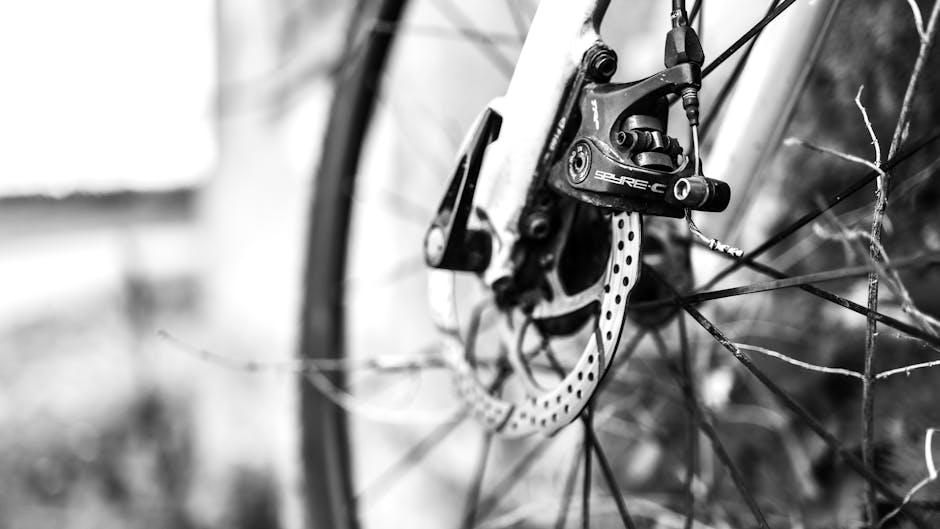
Understanding the Fundamental Mechanics of Disc and Drum Brakes
At the heart of vehicular safety, disc and drum brakes operate on distinct mechanical principles to control motion. Disc brakes utilize a caliper to squeeze pairs of pads against a rotor or disc attached to the wheel, creating friction that slows rotation. This direct contact ensures consistent braking power and heat dissipation, which is crucial during aggressive driving or downhill descents. In contrast, drum brakes rely on brake shoes expanding outward to push against an inner drum surface—this design traps heat more easily, impacting performance under heavy use but excels in low-speed or parking brake applications.
The fundamental mechanics also influence maintenance and component wear. Disc brakes often feature exposed rotors and pads, making inspection and replacement straightforward. Drum brakes, enclosed in the drum housing, require more effort to service but can provide a self-energizing effect, where the rotation of the drum helps to amplify braking force with less pedal pressure. Below is a quick comparison summarizing key mechanical aspects:
| Aspect | Disc Brakes | Drum Brakes |
|---|---|---|
| Braking Action | Pads clamp rotor | Shoes press drum |
| Heat Dissipation | Efficient, exposed | Poor, enclosed |
| Maintenance | Easy inspection | More complex |
| Self-Energizing | No | Yes |
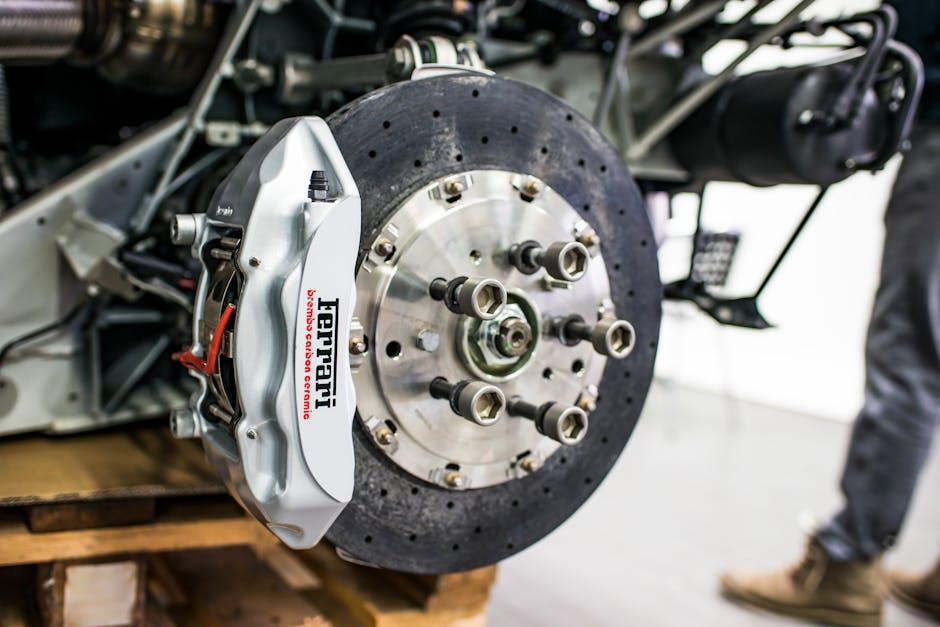
Evaluating Performance in Wet and Dry Conditions
When it comes to braking efficiency under varying weather conditions, disc brakes offer a distinct advantage over drum brakes. Their exposed design allows water to be shed quickly, ensuring that braking power remains consistent even during heavy rain or wet road scenarios. This characteristic provides drivers with greater confidence and control, significantly reducing stopping distances and enhancing safety. In contrast, drum brakes tend to trap moisture inside the enclosed drum, which can lead to a lag in response and diminished performance immediately after exposure to wet conditions.
Key performance differences include:
- Wet Conditions: Disc brakes maintain higher friction levels and quicker heat dissipation.
- Dry Conditions: Both systems perform effectively, but disc brakes tend to heat up faster, providing more consistent stopping power.
- Maintenance: Drum brakes may require more frequent adjustments to compensate for changes due to moisture.
| Condition | Disc Brakes | Drum Brakes |
|---|---|---|
| Wet Road Performance | High Reliability | Reduced Efficiency |
| Dry Road Performance | Consistent | Effective but prone to fade |
| Heat Dissipation | Quick | Slower |
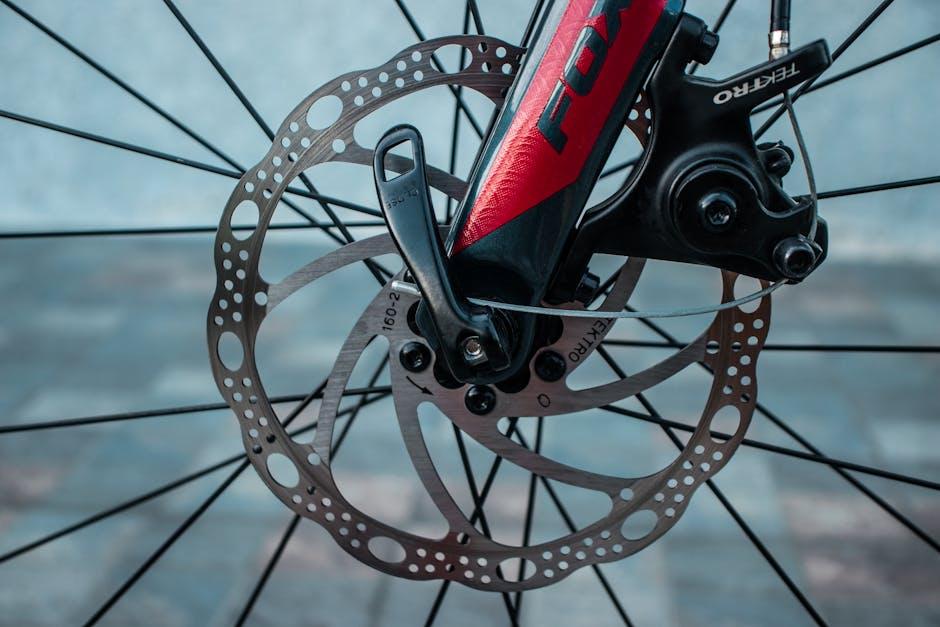
Maintenance and Longevity Considerations for Everyday Use
When it comes to daily driving, the upkeep and durability of brakes can significantly influence your vehicle’s reliability and safety. Disc brakes generally require less frequent maintenance due to their open design, which allows for better heat dissipation and quicker drying in wet conditions. This means they are less prone to wear from overheating or moisture accumulation. On the other hand, drum brakes, enclosed within a housing, are more susceptible to collecting dirt and debris, necessitating more regular inspections and cleanings to maintain smooth operation. However, drum brakes often have longer initial service intervals and can be more cost-effective to maintain in certain driving conditions.
Below is a comparison of routine maintenance aspects between both types, highlighting practical considerations for everyday use:
| Maintenance Aspect | Disc Brakes | Drum Brakes |
|---|---|---|
| Inspection Frequency | Moderate | Frequent |
| Cleaning Needs | Minimal | Regular |
| Heat Dissipation | Highly efficient | Less efficient |
| Replacement Cost | Generally higher | Often lower |
Understanding these practical nuances empowers drivers to make informed decisions based not only on initial performance but also on long-term ownership costs and convenience. Whichever braking system you choose, consistent monitoring of pad wear, fluid condition, and brake responsiveness remains key to maximizing both safety and longevity on the road.

Cost Analysis and Economic Impact on Vehicle Ownership
When weighing the economics of disc brakes versus drum brakes, initial cost and maintenance expenses play pivotal roles. Drum brakes are often favored for their lower upfront price, making them a budget-friendly choice especially for economy vehicles. However, the cost advantage may diminish over time as drum brakes can require more frequent adjustments and replacement of parts like shoes and springs. On the other hand, disc brakes, although pricier initially, benefit from simpler mechanics and longer-lasting components that typically translate to reduced servicing frequency and expenses.
Cost Considerations at a Glance:
- Initial Purchase: Drum brakes usually cost less, ideal for cost-sensitive buyers.
- Maintenance: Disc brakes often incur lower long-term maintenance fees due to better heat dissipation and durability.
- Resale Value: Vehicles with disc brakes may retain higher resale value owing to perceived safety and performance benefits.
| Brake Type | Average Initial Cost | Maintenance Frequency | Typical Lifespan |
|---|---|---|---|
| Disc Brakes | $150 – $300 | Lower | 50,000 – 70,000 miles |
| Drum Brakes | $80 – $150 | Higher | 30,000 – 50,000 miles |
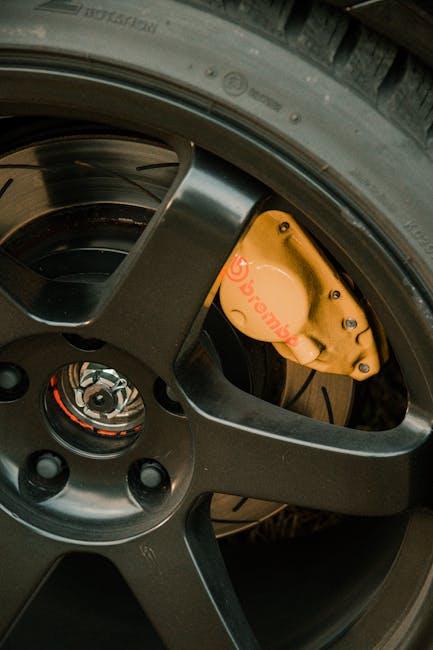
Safety Implications and Emergency Stopping Efficiency
When it comes to the critical task of stopping a vehicle safely, disc brakes consistently outshine drum brakes. Their design allows for faster heat dissipation, reducing the risk of brake fade during prolonged or emergency braking. This means drivers can rely on consistent performance even under extreme conditions, such as steep descents or sudden stops. The open structure of disc brakes also prevents water and debris buildup, ensuring a dependable response in wet or dirty environments, where drum brakes tend to falter.
In emergency scenarios, split-second stopping power is the difference between safety and disaster. Disc brakes typically provide:
- Shorter stopping distances due to superior friction and heat management
- More predictable pedal feel for better driver control
- Quicker response times under sudden braking conditions
| Brake Type | Emergency Efficiency | Heat Dissipation |
|---|---|---|
| Disc Brakes | High | Excellent |
| Drum Brakes | Moderate | Poor |
Ultimately, the enhanced safety margin provided by disc brakes has made them the preferred choice for modern vehicles, where rapid and reliable stopping is paramount to avoiding accidents and injuries.
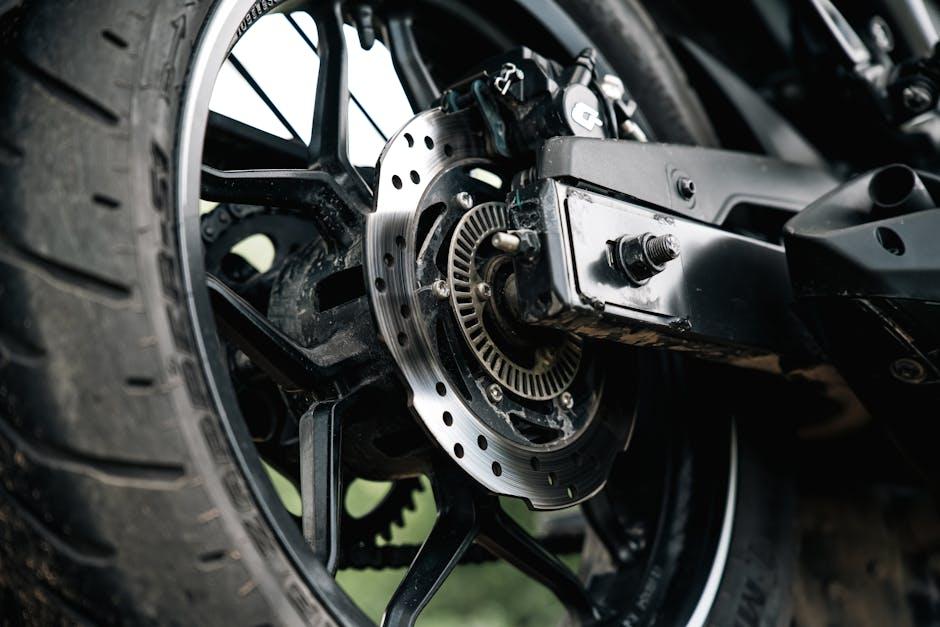
Choosing the Right Brake System for Your Driving Needs
When selecting a brake system, it’s essential to consider your driving style and the conditions you frequently face on the road. Disc brakes excel in providing superior stopping power and heat dissipation, making them ideal for high-performance vehicles and those regularly navigating steep terrains or heavy traffic. Their exposed design allows for quick cooling, reducing brake fade during intense or prolonged use. On the other hand, drum brakes tend to perform better in everyday, moderate driving situations due to their enclosed mechanism, which offers enhanced protection against dirt and water – a useful feature if you often drive in wet or muddy conditions.
Choosing the best option also means weighing maintenance and cost factors. Disc brakes are maintenance-friendly, generally easier to inspect and replace without removing other wheel components, while drum brakes might require more labor but are often less expensive to manufacture. Here’s a simple comparison to help clarify:
| Feature | Disc Brakes | Drum Brakes |
|---|---|---|
| Heat Dissipation | Excellent | Poor |
| Maintenance | Easy | Moderate |
| Performance in Wet Conditions | Moderate | Better |
| Cost | Higher | Lower |
Q&A
Q: What are the main differences between disc brakes and drum brakes?
A: Disc brakes use a rotor and caliper system that squeezes brake pads onto a spinning disc to slow the vehicle, offering quick heat dissipation and strong stopping power. Drum brakes, on the other hand, have brake shoes that press outward against a drum, typically providing less heat resistance and slower response times.
Q: Which brake type performs better in wet conditions?
A: Disc brakes generally perform better when wet because water is quickly shed from the rotor’s surface, maintaining effective braking. Drum brakes can trap moisture inside the drum, leading to reduced friction and braking efficiency until they dry out.
Q: Are drum brakes cheaper to manufacture and maintain?
A: Yes, drum brakes tend to be simpler and cheaper to produce, often translating to lower replacement and maintenance costs. However, their components may wear unevenly and sometimes require more frequent adjustment compared to disc brakes.
Q: Why do some cars still use drum brakes today?
A: Drum brakes remain popular for rear wheels on many budget-friendly or smaller vehicles due to their cost-effectiveness and adequate performance for less demanding braking needs. They are also favored where parking brake integration is simpler.
Q: Which brake system offers better heat management?
A: Disc brakes excel at heat dissipation because the rotor is exposed to air, reducing the risk of brake fade during prolonged or heavy braking. Drum brakes tend to retain heat inside the drum, which can impair braking efficiency over time.
Q: Can you easily upgrade from drum to disc brakes?
A: Upgrading is possible but usually involves significant modifications, including changing the hub and mounting hardware. For many vehicles, it’s a practical but sometimes costly improvement most common in performance or enthusiast circles.
Q: How do the braking feels differ between the two?
A: Disc brakes often provide a more immediate, consistent pedal response with less pedal effort, while drum brakes can feel softer and less precise due to their mechanical design and potential for shoe expansion.
Q: Which brake system is better for heavy-duty or high-performance applications?
A: Disc brakes are preferred for high-performance and heavy-duty applications thanks to their superior cooling ability, stronger and more reliable stopping power, and consistent performance under stress.
Q: Is there an environmental impact difference between disc and drum brakes?
A: Both systems rely on friction materials containing various compounds, but disc brakes often require specialized pads that can produce finer brake dust. However, advances in materials are reducing environmental concerns for both systems.
Q: What’s the bottom line: disc brakes or drum brakes?
A: Disc brakes generally offer better performance, especially under demanding conditions, while drum brakes provide a cost-effective solution for lighter-duty needs. The “better” choice depends on vehicle type, budget, and intended use.
In Retrospect
In the great debate between disc brakes and drum brakes, there’s no one-size-fits-all answer. Each system carries its own legacy, strengths, and quirks—disc brakes offering sharp responsiveness and modern flair, while drum brakes bring reliable durability and classic simplicity to the table. Whether you prioritize performance, maintenance, or cost, understanding these differences puts the power firmly in your hands. So next time you press the pedal, you’ll do so with a little more confidence, knowing exactly which braking system suits your driving style and needs. After all, the best brake is the one that stops you safely—and smoothly—every time.

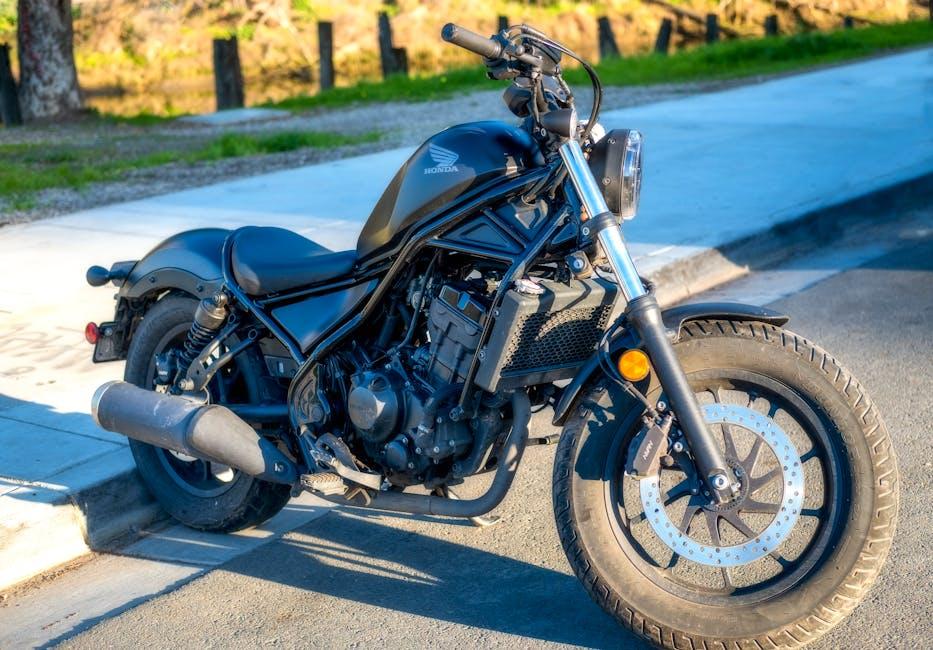
4 Comments
mddqli
mddqli
945xt1
nhw0ud